Everything you need to know about ‘Black Start’, the process for rebooting the entire UK power grid following a complete shutdown.
To date, there’s never been a complete nationwide failure of our electricity network. Our power grids are robust and resilient by design, with plenty of in-built redundancy.
Critical infrastructure supplying our towns and cities is often duplicated to mitigate against any serious failures or deliberate efforts to sabotage the network.
In recent years, National Grid has invested £350 million improving physical security resilience and flood protection at key power transmission sites. A further £30 million has been spent preventing and recovering from cyber-attacks.
However, even with all this meticulous planning and preparation, there’s still a 1-in-200 chance that the grid will fail in the coming five years.
What happens if it does? How long could it take for vital electricity supplies to return to normal?
H41. Doesn’t sound too threatening does it? Could be a part from a set of flat-pack furniture. The name of a pretentious London nightclub. Even the latest expensive brand of gin.
In reality, it’s the code in the National Risk Register for a total shutdown of the UK’s power grid. It means the shutdown of all power stations and the wholesale loss of generation capacity, resulting in devastating blackouts that could potentially last for days.
The recovery from such an incident is known as a Black Start. Basically, this is rebooting the entire system and kick-starting power generation again from scratch. Such a process in itself requires a huge amount of electricity.
It’s never happened here in Britain, but historically, the equivalent of a Black Start-scale incident occurs somewhere in the developed world every two years.
Examples include Italy in 2003, the same year as a major incident affected much of the north east of the United States and Canada, and South Australia in 2016.
In June 2019, a transmission system failure left virtually all of Argentina, Paraguay and Uruguay – a combined 50 million people – temporarily without power.
While three months later Central America got hit by a blackout affecting Honduras, Nicaragua, El Salvador and Guatemala.

What Does A Black Start Involve?
Here in the UK, there are only a limited number of power stations capable of Black Start capacity. Typically, these are old-style coal-fired plants that have large enough generators to produce enough power onsite to restart the facility without any external power sources.
Gradually over time, the Black Start plants produce enough electricity of their own to restart a skeleton network, which then builds and builds until supplies revert to normal.
National Grid believes 60% of national power demand will be restored within 24 hours of a Black Start.
However, the official risk planning assumptions warn it could take 5-7 days for power to be completely restored.
Depending on the damage to electrical infrastructure, in the worst-case scenario it could take 14 days or longer.
The shift from fossil fuels to more renewable generation threatens a possible black hole in our Black Start capabilities.
Most wind farms don’t have Black Start capabilities as they depend on some sort of external electricity before they are able to start generating power.
While it’s true that some of the latest designs are now self-starting, they still can’t deliver enough reactive power to energise the wider grid through the long offshore AC cables they connect with.
A review from the Scottish Black Start Restoration Working Group in September 2018 warned the closure of the coal-fired Longannet plant in Fife could lead to “severe delays” in restoring power north of the border.
Longannet’s demise left the Peterhead gas station as the only high-power and high-inertia (which is crucial to help stabilise frequency) plant in Scotland.
In their defence, National Grid does recognise the Black Start conundrum being caused by the transition towards zero carbon. It has plans for a new Black Start procurement process, which incorporates renewables and battery storage, to be up and running by mid-2020.
This would allow several smaller generators to join forces in order to meet all the eligibility requirements. Proposed network upgrades would also encourage more embedded generation at lower voltage levels.
In addition, National Grid is investing in several trials and pilot projects to develop Black Start generation capabilities from distributed energy sources (i.e. renewables). These tests are set to finish in 2022.
Timeline Of A Black Start
The following estimate is based on a worst-case scenario analysis from the Department for Business, Energy and Industrial Strategy (BEIS) based on a total power outage occurring during winter, when there’s limited generation from renewables such as wind or solar.
Post Black Start, the National Grid continency planning targets an average restoration time of 24 hours to reinstate 60% of the national electricity demand, but only if it is “practical and cost-effective to do so”.
| Timeframe | Restoration Phase & Proportion Of Customers Affected In The UK |
| 0 hours | Incident leading to total power loss & need for Black Start restoration 0% of customers restored |
| 0-2 hours | Black Start-capable power stations start to come online |
| 2-6 hours | Demand starts to be restored as Black Start power stations operate Approximately 5% of customers restored |
| 6-12 hours | Spread of Black Start power stations begin to join up & form a skeleton transmission network Approximately 10% of customers restored |
| 12-48 hours | Establishment of a stable skeleton power network Rota Disconnections used, if necessary, to share power (Protected Sites will maintain supplies during this period) Approximately 60% of customers restored |
| 2-7 days | Continuation of Rota Disconnections Day 3: approximately 70% of customers restored Day 4: approximately 85% of customers restored Day 5: approximately 90% of customers restored Day 6: approximately 95% of customers restored Day 7: 100% of customers restored |
Localised Power Losses
What if there’s a power failure that doesn’t affect the entire United Kingdom, but still has the potential to cause severe disruption at local or even regional level?
Known as a H45 on the National Risk Register, a regional power shutdown is most likely caused by severe weather, technical failure or an operational error causing severe damage to the power transmission and distribution network in a specific part of the county.
Obviously, it would depend on the location and the severity of the incident. But in a regional blackout, people could be without power for anything from 24-72 hours.
Remote or rural areas could be cut off for several days, while in the most extreme circumstances it could take weeks or even months to resume normal service.
Although we mentioned the UK hasn’t ever had to face a complete Black Start scenario, the country did experience a regional reboot as a result of the October 1987’s ‘Great Storm’.
This was the hurricane which infamously caught out meteorologist Michael Fish, who during a weather forecast tried to sooth viewers’ fears with the immortal words: “Earlier on today, a woman rang the BBC and said she heard there was a hurricane on the way. Well, if you’re watching don’t worry, there isn’t”.
Not only did the killer storm arrive, it also left much of Kent and Sussex without electricity after it disconnected from the National Grid.
Kingsnorth Power Station, which was subsequently decommissioned in 2012, was able to restore power across the region, running it independently of the main grid until the wider network was repaired.
Rationing Power During Disruption
Whether there’s just a regional blackout or a total UK-wide network shutdown, there’s every chance electricity will in effect need to be rationed until the grid is back approaching full capacity.
The Electricity Supply Emergency Code (ESEC) explains the steps government will take if faced with a serious disruption to energy supplies.
One of the mechanisms at its disposal is Rota Disconnections. To you and us, that’s another phrase for emergency power cuts.
The main aim of any Rota Disconnections is to distribute electricity as equally as possible. As you can imagine, easier said than done. And in practice, virtually impossible.
Certain locations must have their power supply maintained for public health and safety reasons or because they fulfil a critical need. These facilities are known as Protected Sites and fall under three categories:
- V (Vital Services i.e. hospitals, airports, emergency services, telecoms, broadcasting)
- F (Major food manufacturers, processors and storers)
- O (Continuous process and manufacturing firms)
Protected Sites must prove they aren’t capable of installing their own standby power generation. And even though they are prioritised during any power shortages, they must try to minimise their own electricity consumption during any period of Rota Disconnection.
Once Protected Sites are accounted for, the remaining electricity is shared amongst all other customers equally “as far as is reasonably practicable”.
This involves all electricity users being divided up by postcode into 18 groups and assigned a letter of the alphabet between A and U – the letters F, I and O aren’t used. Each day of the week is split into eight three-hour slots too.
During any period of Rota Disconnection, electricity is cut off to specific groups for three hours at a time. The greater the power shortfall, the more customers disconnected.
If practical, power is rationed in a way that enables organisations to operate as normally as possible for three successive days. As an example, power cuts are concentrated between either Monday and Wednesday or Thursday and Saturday, with Sundays shared between all users.
During more minor power disruptions, a customer may be cut off for a total of three three-hour slots in a week. Whereas for more serious incidents, you might be left without power for several slots a week.
The UK isn’t a stranger to Rota Disconnections. The most infamous case would be the “Three-Day Week” of 1974, while in 1972 a seven-week strike by the National Union of Mineworkers resulted in a power shortage that left many homes and businesses cut off for up to nine hours a day.
Spring 2019 saw the South African government introduce several days of controlled power cuts to reduce network pressure caused by a loss of electricity imports from neighbouring Mozambique after a cyclone damaged several transmission pylons.
In a slight twist, October 2019 saw millions of customers in California disconnected deliberately as a preventive measure to try and avoid a repeat of the devastating wildfires of previous years.
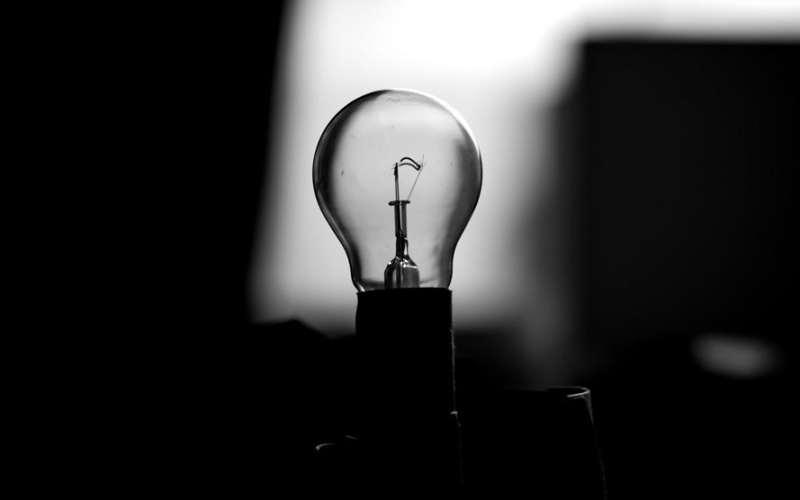
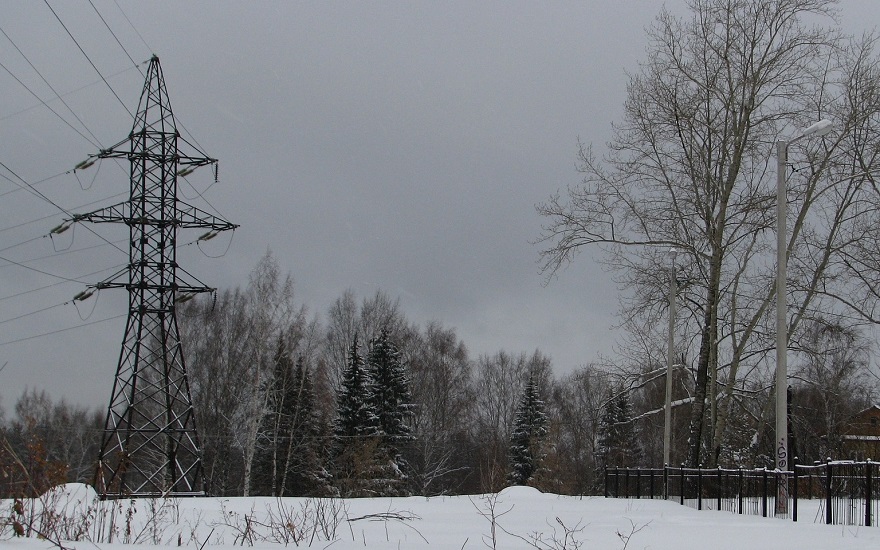
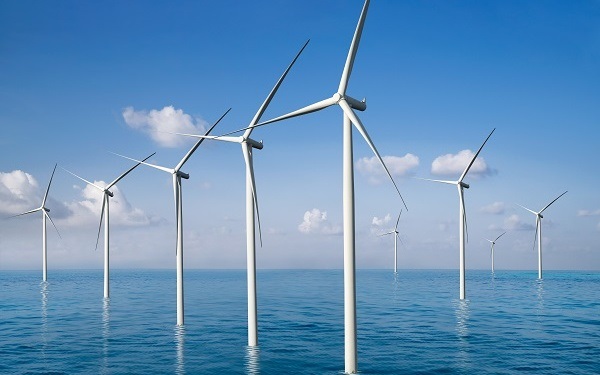
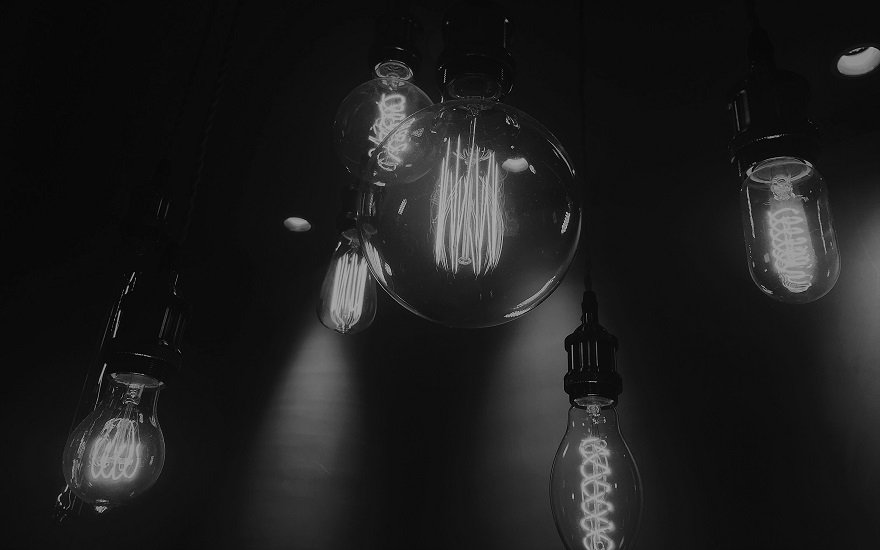
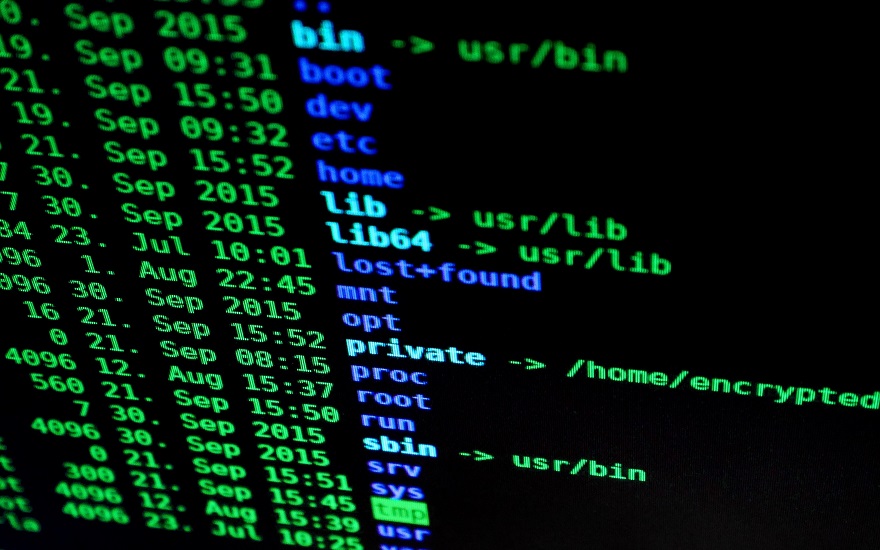
Hi Chris,
I am writing a report for University on the impacts of a NETS failure in the UK. I think your report would be great for my research, but the download link isn’t working and I can’t access the full report. Please could you send it over to me if possible?
Thanks
Jake